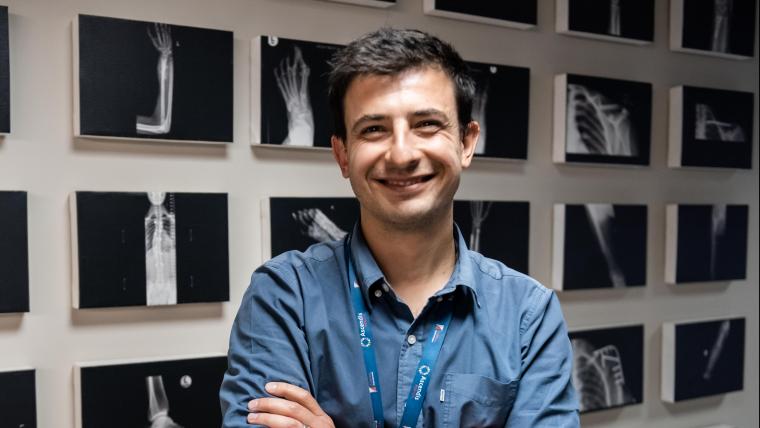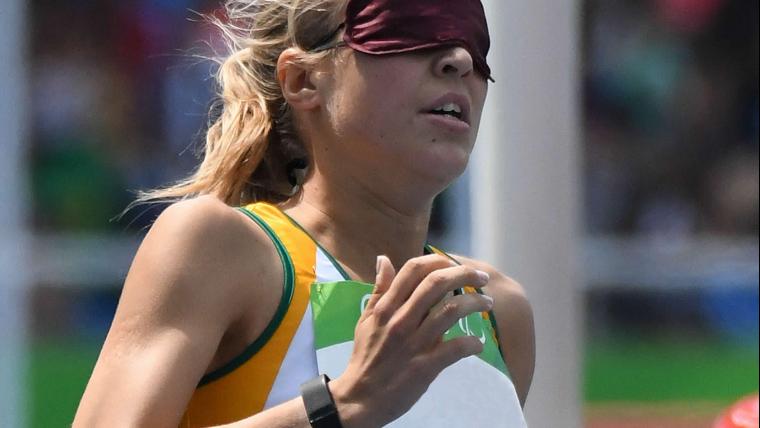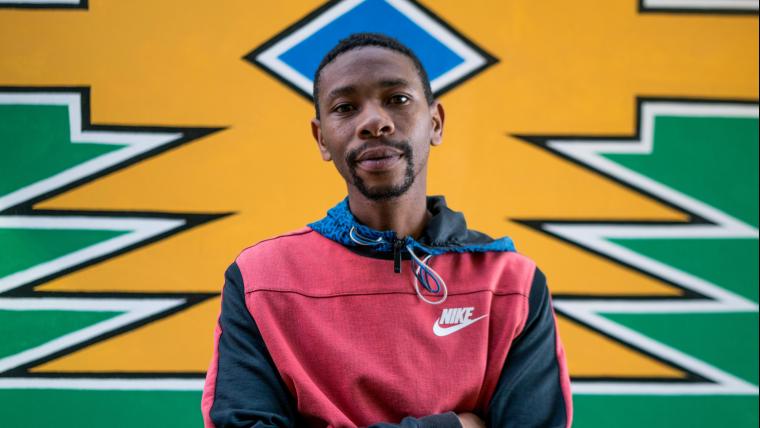
How 3D printing is transforming our public healthcare system
Doctor Rudolph Venter operates on his patients hundreds of times before they go under the knife. With 3D printing, he can create a model of the body part he needs to work on. This allows the surgeon to rehearse the procedure, perfect it, and determine new methods or potential dangers. When surgery day comes, both Venter and his patient can trust that he is prepared. In South Africa, this advancement is transforming the public healthcare system.
The technology was previously inaccessible. At Tygerberg Hospital, the Division of Orthopaedic Surgery just opened its first 3D printing lab with Stellenbosch University. While doctors used to spend hours deciphering their surgical plan based off x-rays and MRIs, they now print out a duplicate of a patient’s anatomy to practise their techniques. Venter’s even used a replica of a tumour as a guide during one of his operations. The tactile use of a model is altering the approach to surgery. Venter hopes to see the process expand to other medical specialties and be used to train students.
For Venter, the most significant aspect is the use of 3D printing in public, not just private, wards. “The fact that people can walk off the street and benefit from technology that used to be in the realm of private healthcare is quite a major achievement,” Venter says. Progress shouldn’t be limited to those who can afford it. This inclusive development is bridging the gap between the two sectors. Today, Venter and his team can provide advanced medical services to all. “South Africa has got a lot to be proud of when it comes to our healthcare,” Venter says. As we make new advancements every day, we can ensure no patient is left behind.






























Please sign in to leave a comment